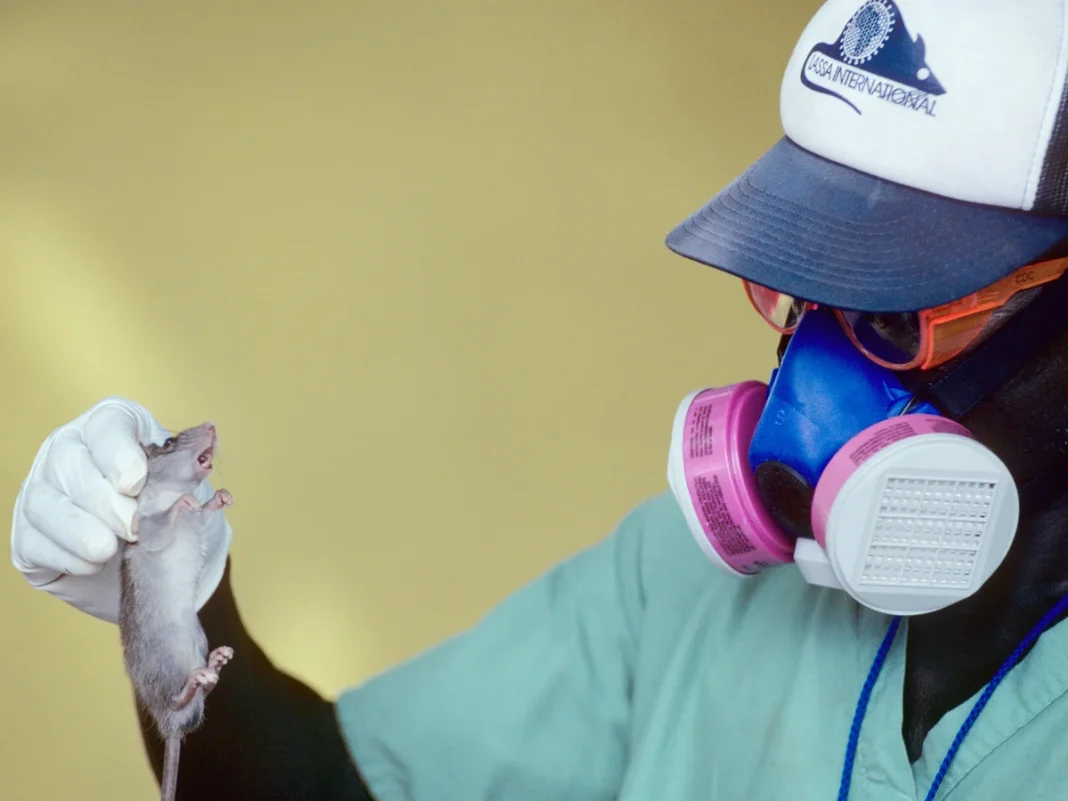The number of Lassa fever cases in Nigeria has skyrocketed, with 822 confirmed cases and 155 fatalities reported by the Nigeria Centre for Disease Control and Prevention (NCDC), indicating a worsening national health catastrophe. On Tuesday, the NCDC confirmed 11 more Lassa fever cases in Week 29 (July 14–20, 2025), all of which were reported in the states of Ondo and Edo.
With this most recent spike, there are now 822 verified cases nationwide and a sobering 155 fatalities in 2025.
The announcement highlights a worsening situation that necessitates quick, well-coordinated actions at all governmental and healthcare service levels.
According to the NCDC’s Situation Report, the Case Fatality Rate (CFR) is 18.9%, up from 17.1% at the same time in 2024.
Given that the number of newly confirmed infections stayed constant when compared to Epidemiological Week 28, this increase is particularly concerning as it raises the possibility that Lassa fever’s severity is increasing rather than just its incidence being the primary cause of death.
A startling 89 percent of all confirmed Lassa fever cases in 2025 have been concentrated in five states: Ondo (32 percent), Bauchi (23 percent), Edo (17 percent), Taraba (14 percent) and Ebonyi (3 percent).
Read Also: Court Finds 21 Foreigners Guilty of Cybercrime in Nigeria, Issues ₦1 Million Fines
Eleven percent are spread across sixteen other states. As of right now, 105 local government areas in 21 states have reported at least one confirmed case, demonstrating an uncontrollable geographic spread.
According to NCDC reports, the disease is primarily affecting young adults. With an overall age range of 1 to 96 years, the outbreak primarily affects people between the ages of 21 and 30.
The male-to-female ratio for confirmed cases is 1:0.8, and the median age is 30 years.
These numbers demonstrate the outbreak’s wider societal impact by pointing to a demographic that is vital to the nation’s labor force and economic future.
The consistently high fatality rate serves as a clear reminder that containment and case management need to be strengthened, even though the number of suspected and confirmed cases this year has decreased as compared to the same period in 2024 and no new healthcare workers have been affected.
In addition to leading response efforts, the National Lassa Fever Multi-Partner, Multi-Sectoral Technical Working Group (TWG) continues to improve laboratory capabilities, coordinate risk communication, and bolster surveillance.
To stop the disease’s destructive spread, however, increased community involvement, environmental sanitation campaigns, and quick case-finding are necessary given the tenfold clustering of cases in a small number of states.



